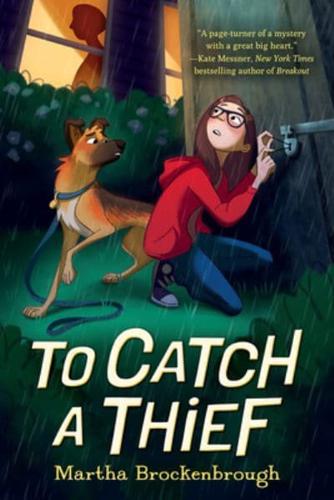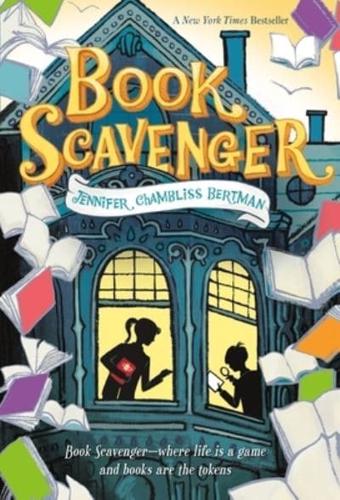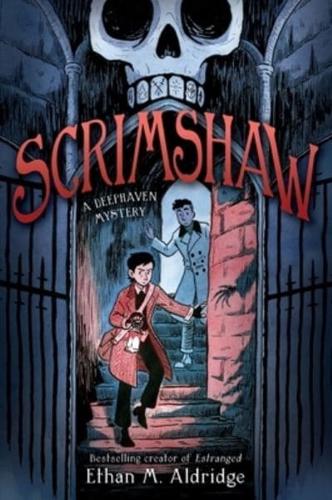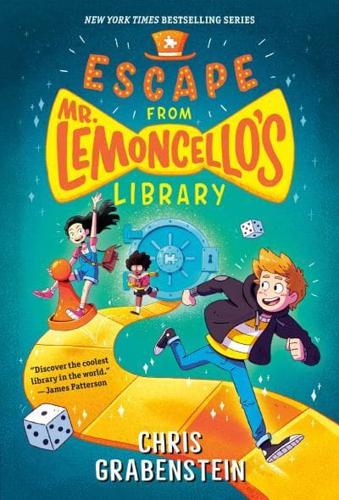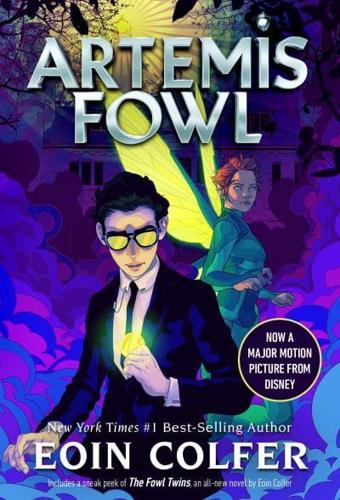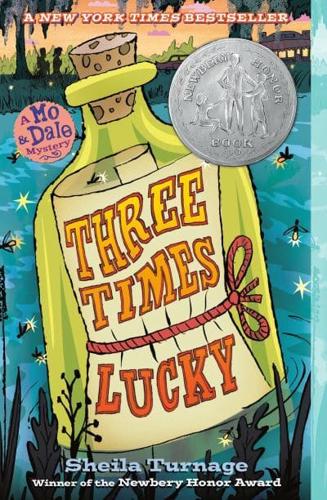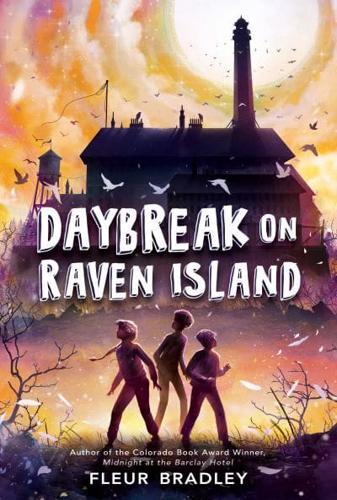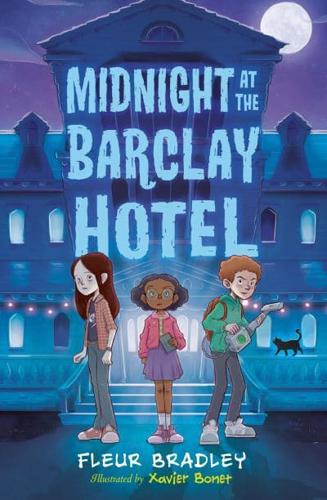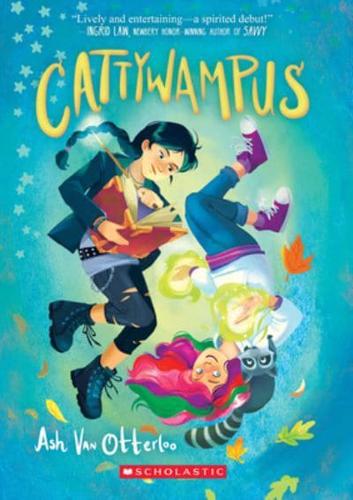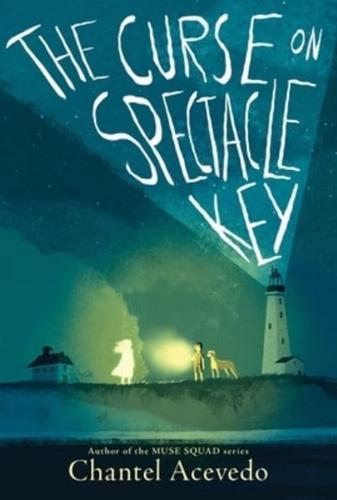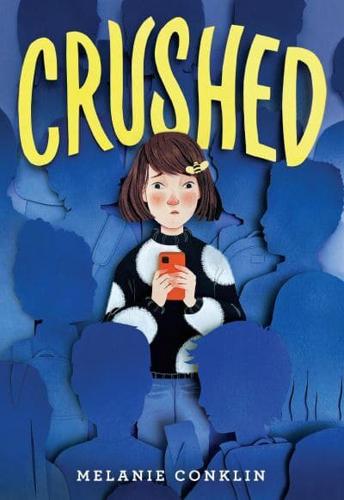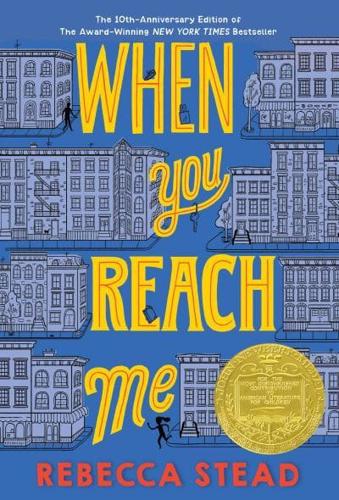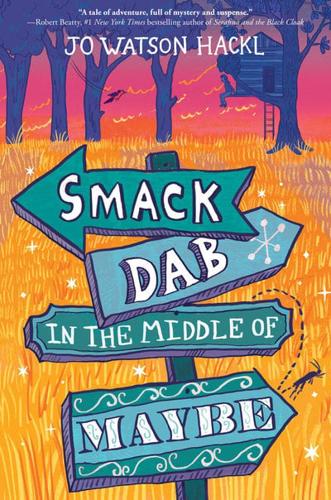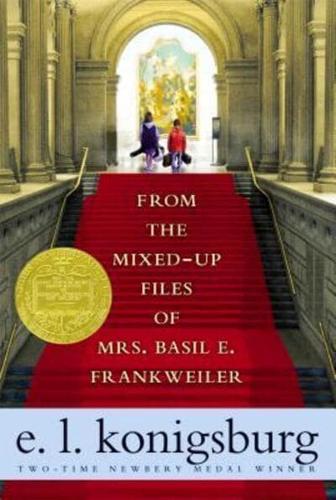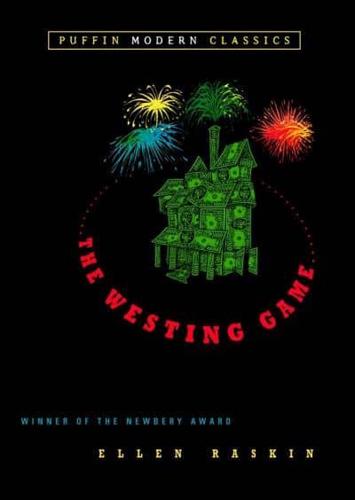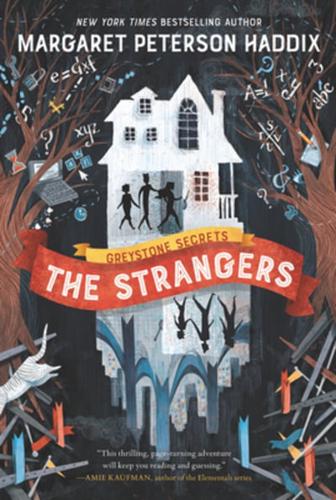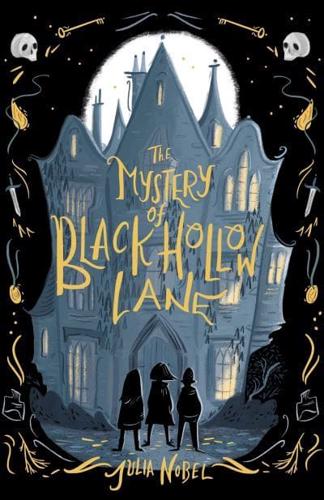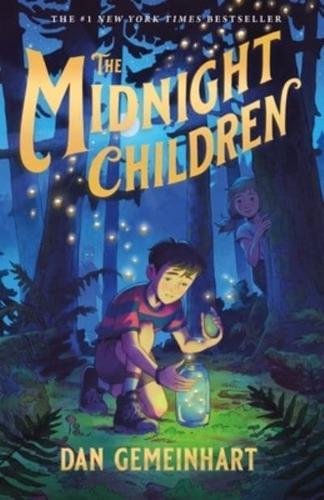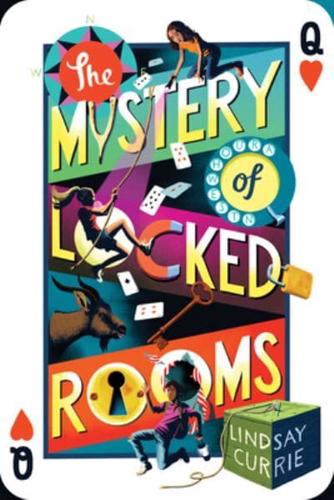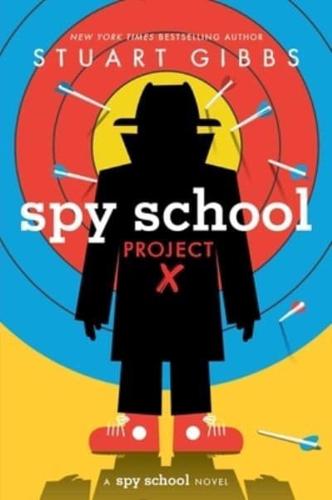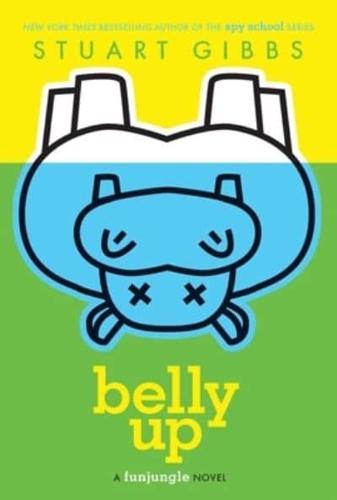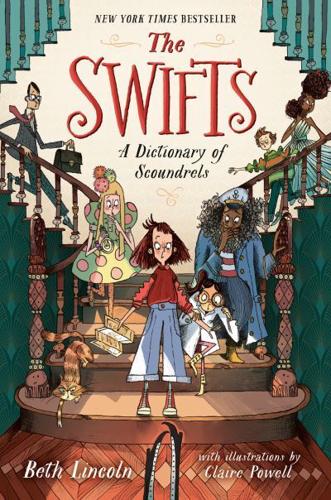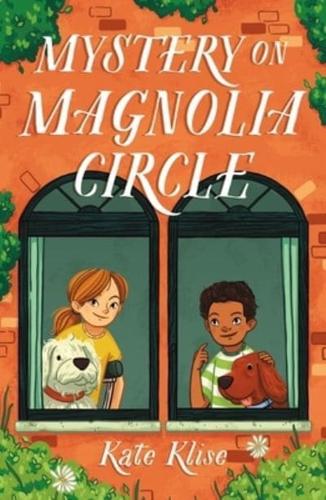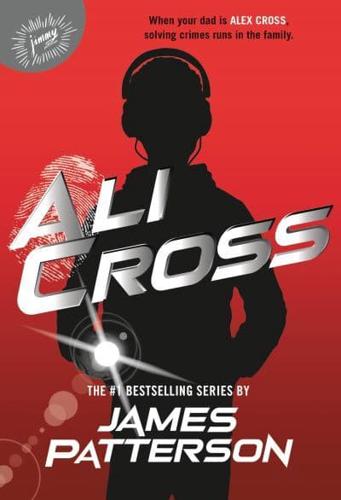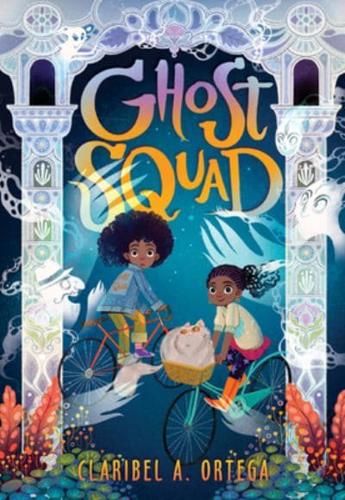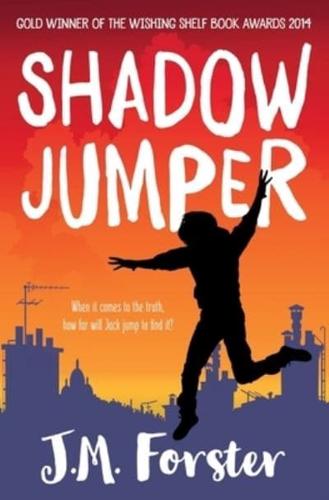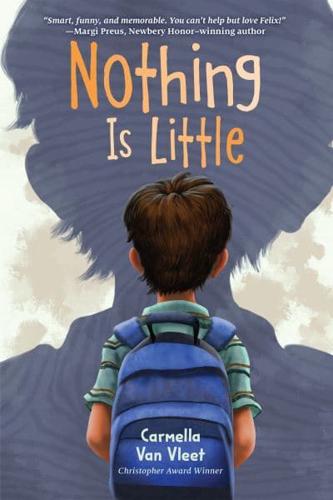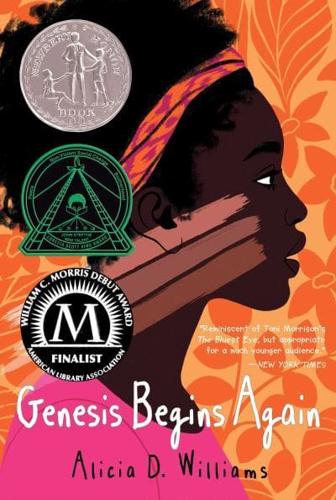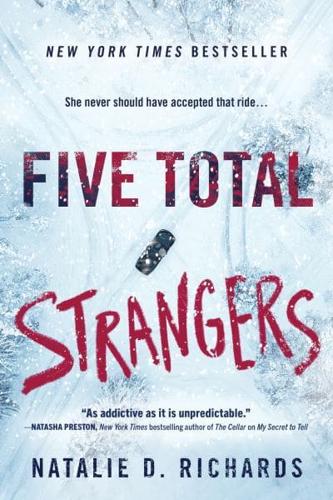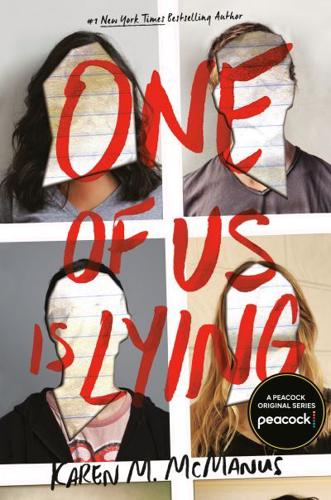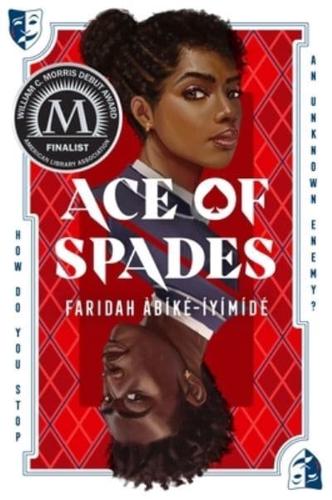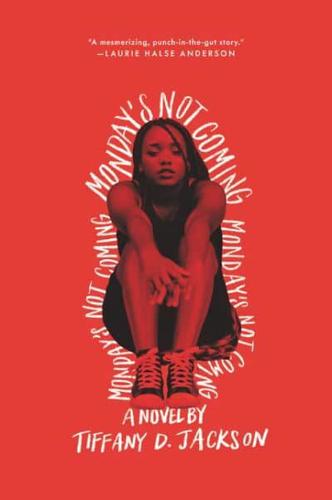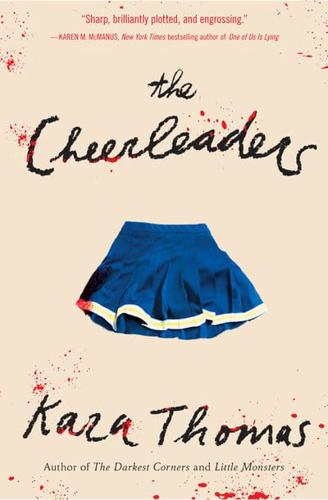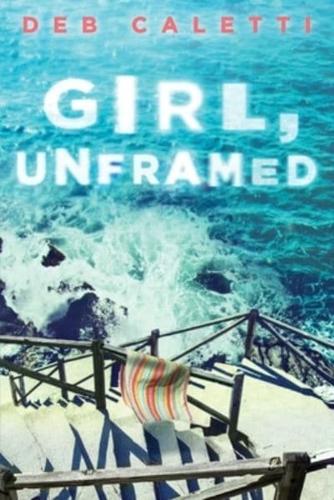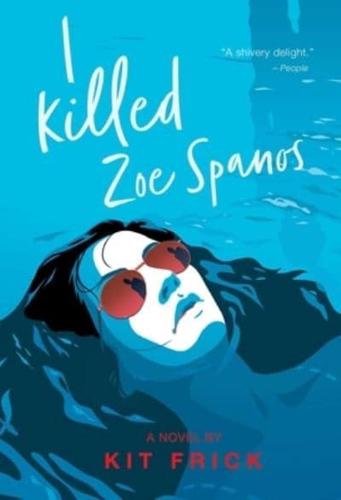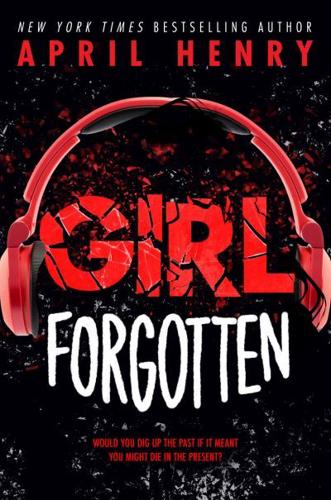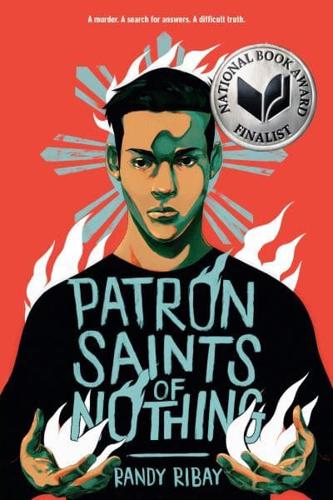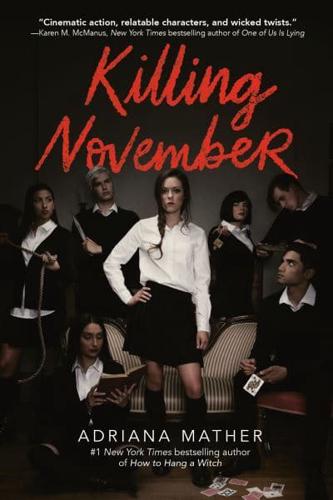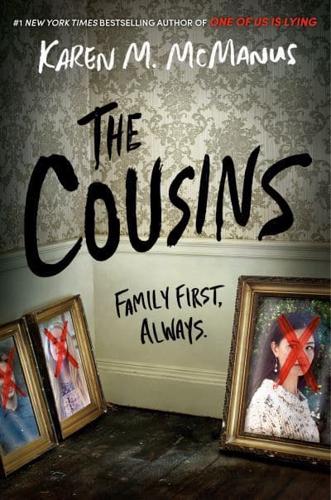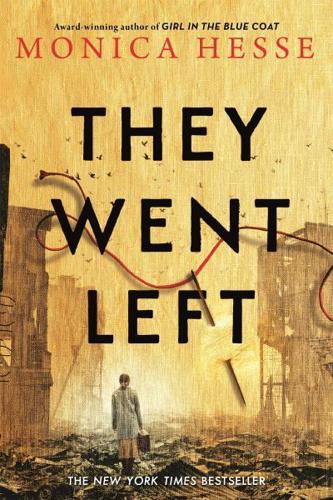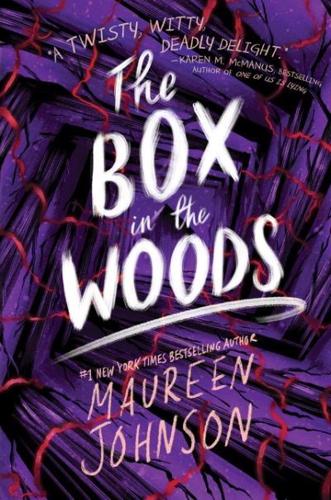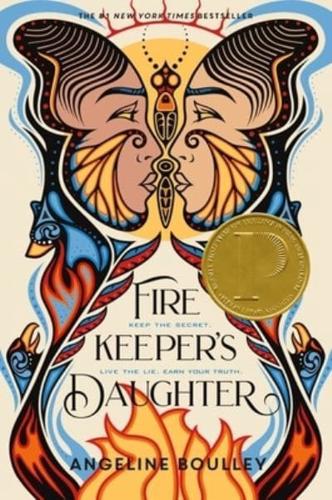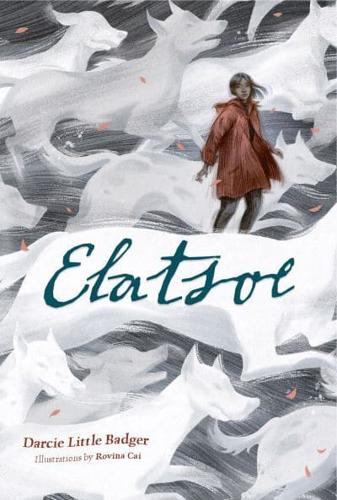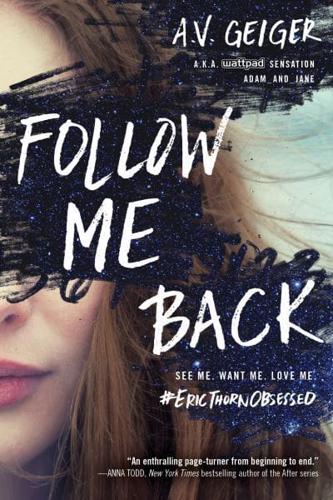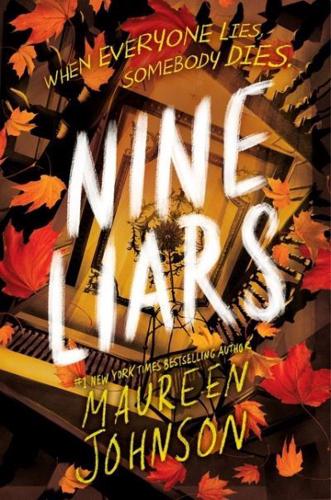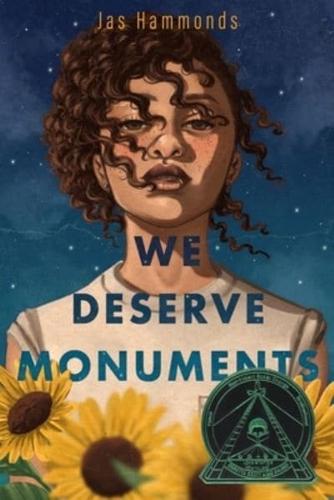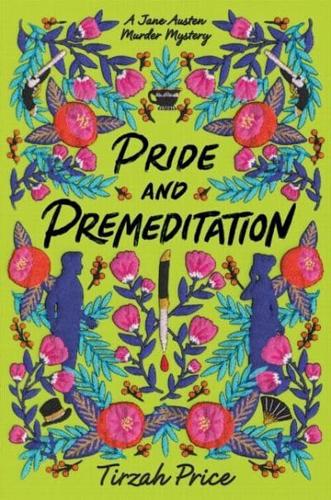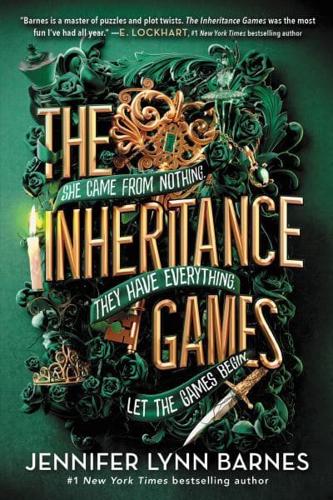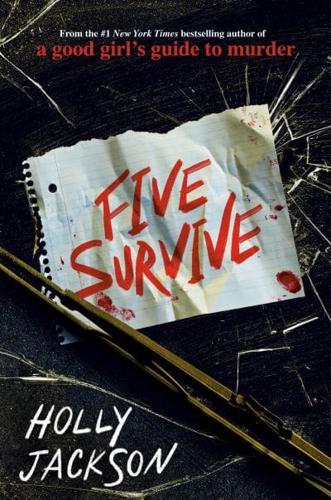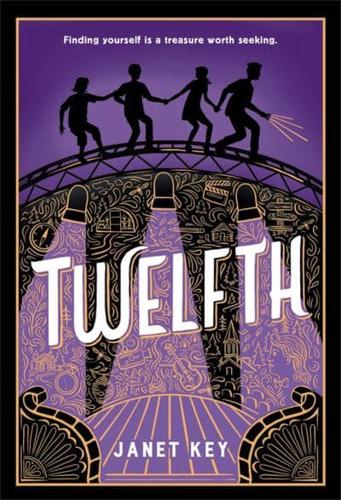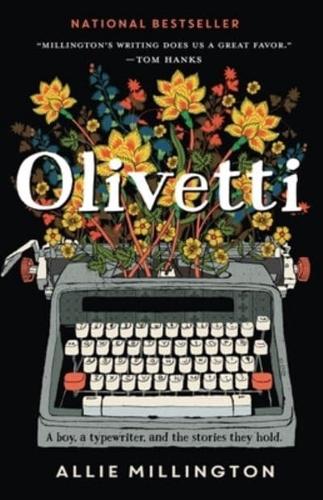Mystery stories for children and teens
Mystery stories for kids and teens pull readers into puzzles, secrets, and unexplained events that beg to be solved. The characters might be junior detectives, curious friends, or regular kids suddenly caught in something strange, but they all rely on logic, observation, and teamwork to crack the case. These stories hook readers with suspense while sharpening problem-solving and critical thinking. For younger kids, they build confidence in spotting clues, and for teens, the plots dig into deeper, more thought-provoking themes. This list features books by Eoin Colfer, Chris Grabenstein, Rebecca Stead, E. L. Konigsburg, Ellen Raskin, Stuart Gibbs, Karen M. McManus, Tiffany D. Jackson, Angeline Boulley, and Faridah Àbíké-Íyímídé.
Mystery stories for children and teens – our recommendations
Mystery stories for children
Mystery stories for teens
Click the buttons below to purchase all of the books in this mystery stories book list, as well as classroom sets of any of these books and many more, from Bookshop.org. Or buy the 20 most popular titles from this list from Amazon – ideal for gifts or stocking your school library. If you are ordering from outside the US, have a look at our ‘worldwide orders’ page, which makes this process easy.
Buy from Bookshop.Org Buy from Amazon Worldwide orders
Disclosure: we are an affiliate of Bookshop.org and we will earn a commission if you click through and make a purchase; as an Amazon Associate, k-12readinglist.com earns from qualifying purchases.
Please do share or link to this page via social media, but refrain from copying or reproducing our mystery book synopses. Please respect intellectual property and copyright. Thank you.
Mystery stories for children and teens – resources for teachers
- National Archives – “Be a Document Detective” A ready-to-teach inquiry lesson that turns students into evidence-spotting detectives; adaptable to clue-gathering in middle-grade and YA mysteries.
- Smithsonian NMAH – Historians Are Detectives (Grades 3–5) Primary-source routines that model questioning, corroboration, and claims-with-evidence – ideal for introducing mystery thinking in upper-elementary.
- Library of Congress – Lesson Plan: Primary Sources & Personal Artifacts Step-by-step strategy for examining “clues” and building a case from objects and documents; pairs well with museum-heist, library, and puzzle mysteries.
- Smithsonian Learning Lab – Primary Sources (K–5) Collection Curated, classroom-ready sources and prompts for close looking, sequencing, and inference – use as evidence packets alongside middle-grade mysteries.
- International Spy Museum – Educator Resources Free lessons on codes, tradecraft, and analysis, including primary documents and turnkey activities; great enrichment for detective/espionage plots.
- FBI Safe Online Surfing (SOS) Age-leveled cyber-sleuthing challenges and teacher tools that build digital evidence skills – a modern angle for social-media and tech mysteries.
- Smithsonian NMNH – Forensic Anthropology (Teaching Resource) Clear explainers and classroom materials on forensic methods (bones, context, identification) to support crime-scene logic in teen mysteries.
- National Archives – Teaching with Documents Thousands of primary sources with activity templates; perfect for constructing alibis/timelines and testing hypotheses in whodunits.
- Library of Congress – Getting Started with Primary Sources A simple, reusable organizer (observe–reflect–question) to scaffold clue logs, red-herring checks, and suspect boards across ages.
- APT Learning Adventures – Inside the Crime Lab Free video + classroom PDF on lab techniques and STEM careers; students practice evidence evaluation to “solve” a case – great for teen mystery units.
BISAC YAF029000 Children’s and teenage crime and mystery fiction | Thema YFCF
